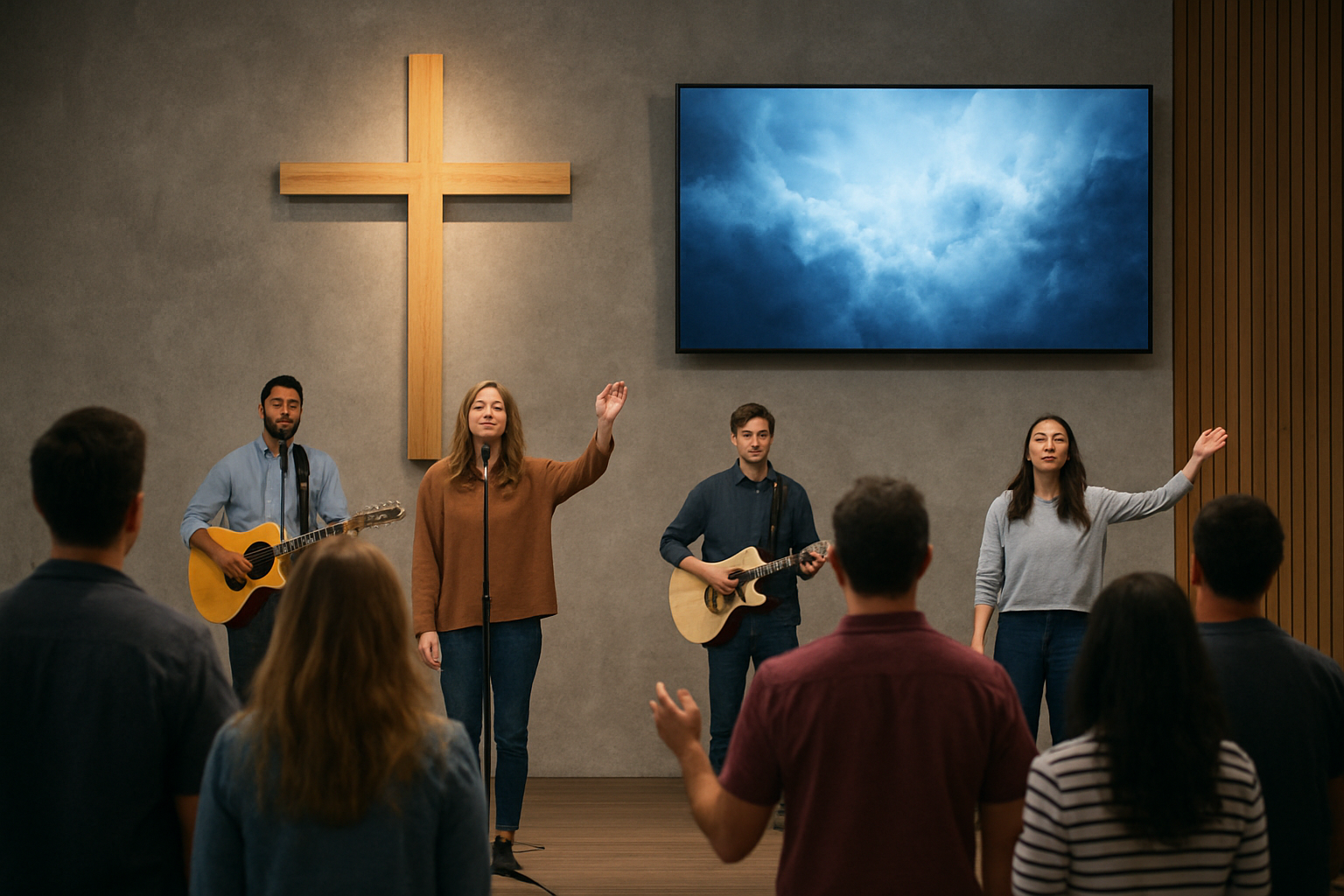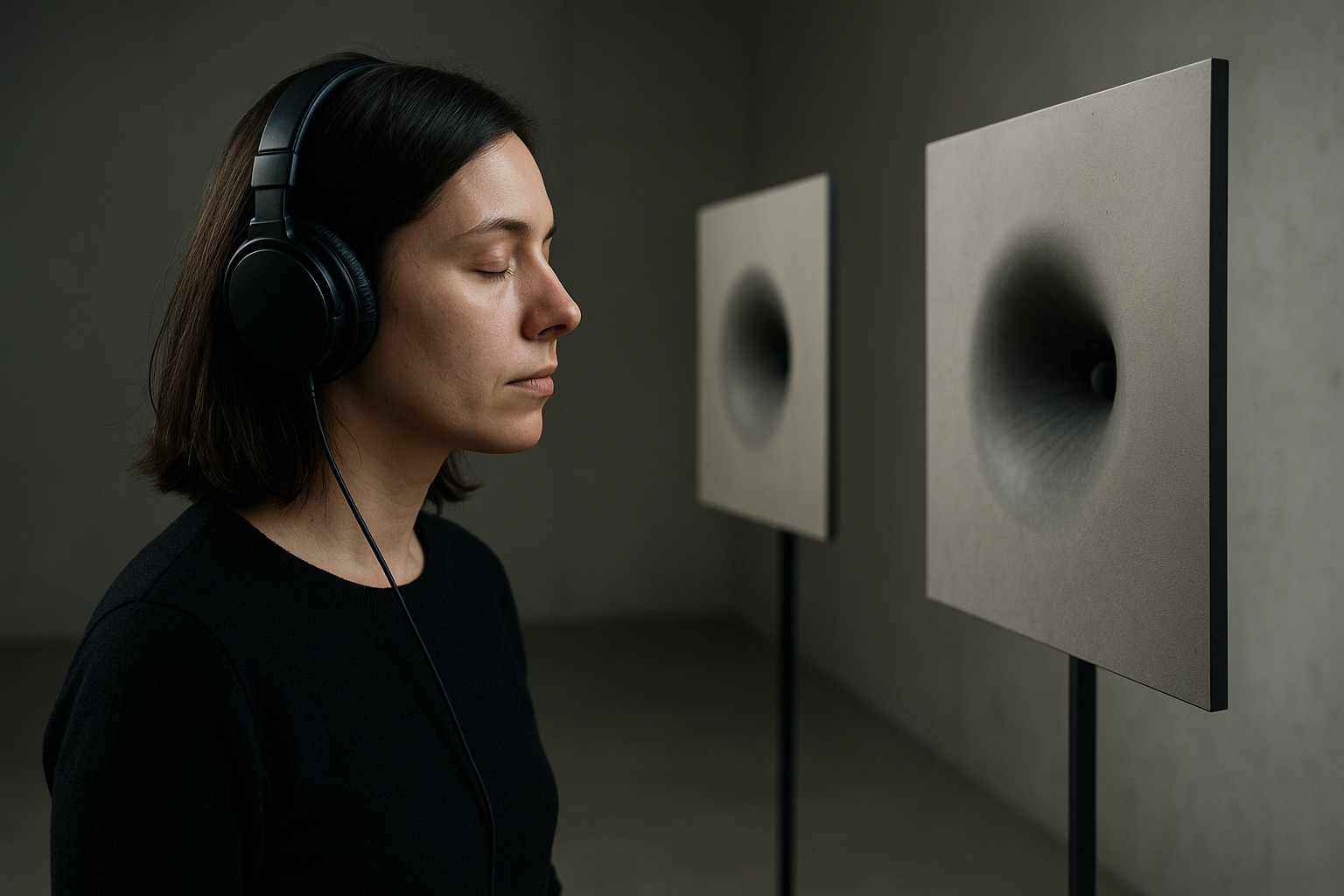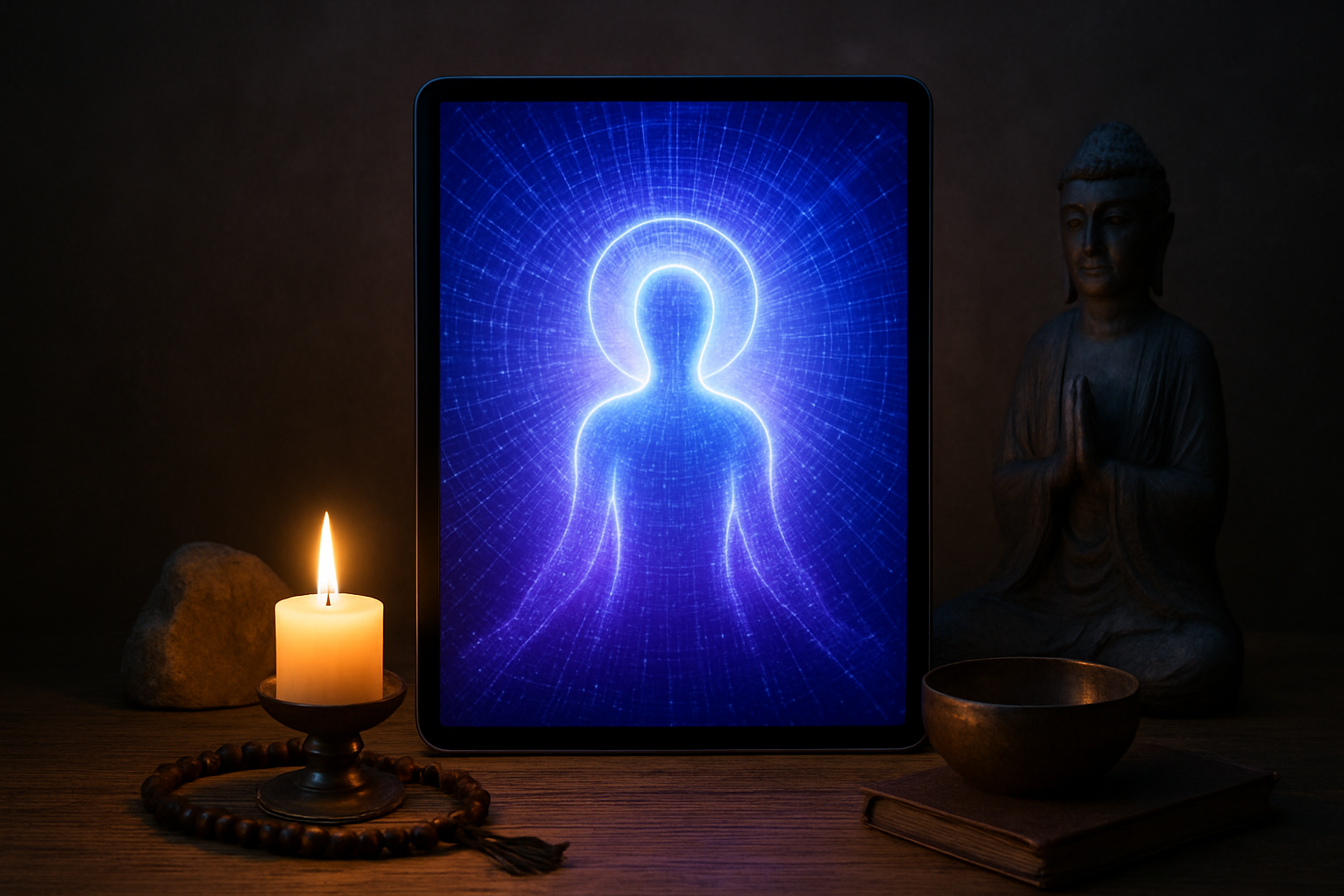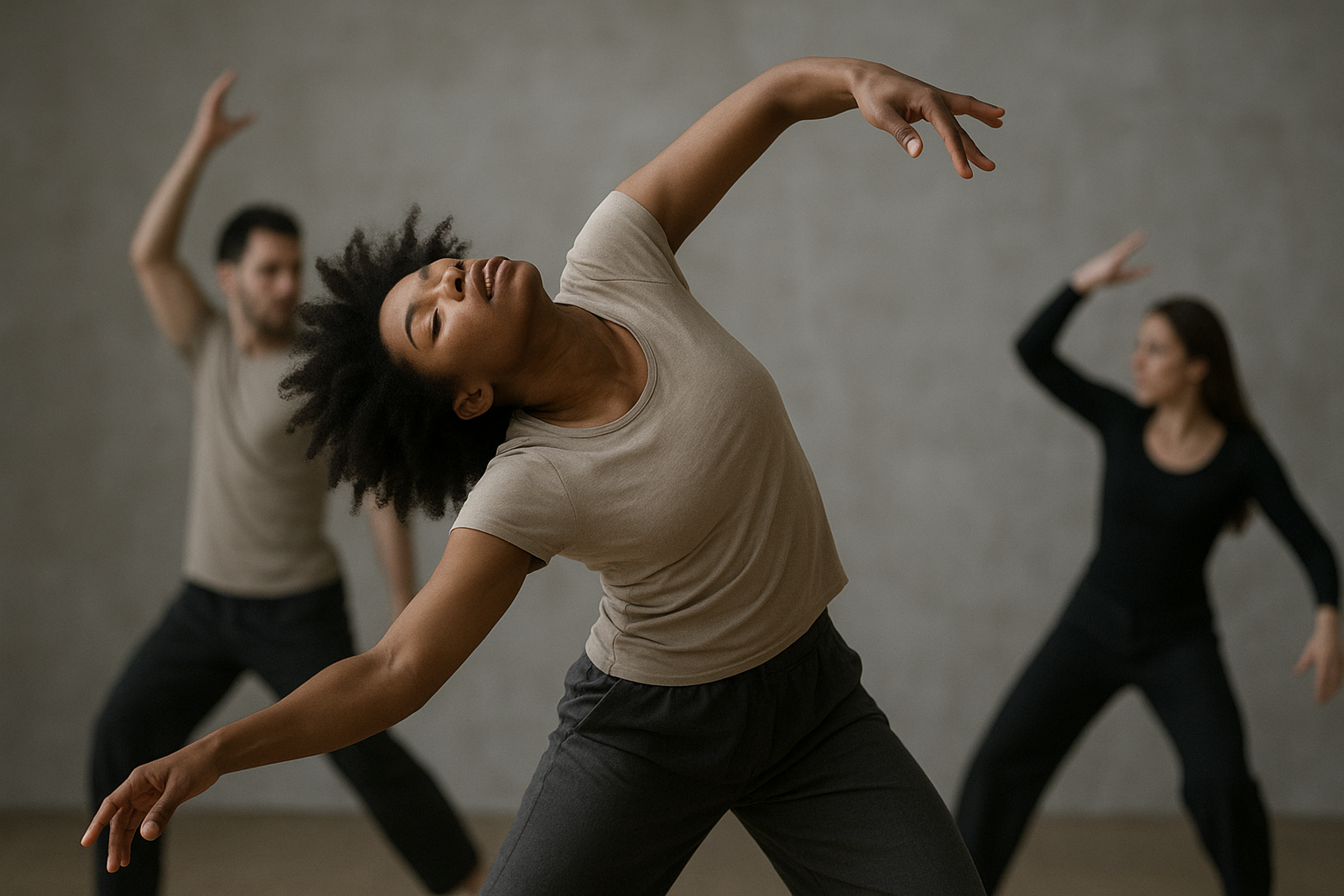From Analog to Zen: The Evolving Path of Photographic Contemplation
Introduction
Photography has always been a deeply philosophical medium. From its analog origins to today’s digital expressions, photography invites practitioners and observers alike into a dialog with time, memory, and the self. In this article, we explore how photography’s evolution parallels contemplative practices, focusing on the transition from analog processes to more meditative and mindful approaches in the digital age, which can be equated metaphorically to a path toward Zen.
The Analog Era: Labor and Limitation
The advent of photography in the 19th century brought with it a technical and artistic revolution. Analog photography taught the photographer a certain discipline and patience. The manual process of developing film in a darkroom, the necessary knowledge of chemicals, and the anticipation involved in waiting for the final image imbued the practice with a sense of craft.
The act of making a photograph was itself a meditative process. Each image was meticulously crafted, a direct interaction between human ingenuity and nature’s unpredictability.
- The Tangibility of Film: Analog photography provided a tangibility that is often missing in digital formats. Holding a print or a strip of developed film connects one more directly to the photographic process.
- Slowness as Virtue: The need to carefully choose each shot because of limited exposures meant that photographers had to be more mindful and present in the moment.
- Flaws and Imperfections: Every film photo carried unique imperfections, a humbling reminder of the bond between chaos and creation—a theme central to Zen philosophy.
The Digital Transition: From Quantity to Quietude
With the rise of digital photography, the landscape of photographic contemplation shifted dramatically. The ability to take countless photos without waiting for development spurred a cultural change. While this democratized photography, it also introduced a tendency towards quantity over quality.
“Digital images are immeasurable, easily manipulated and endlessly reproducible—qualities that evoke a new kind of impermanence.”—[Author’s Name]
- Instant Gratification: Digital devices offer immediate feedback, but this can detract from the slow, contemplative process of image-making.
- The Loss of Ritual: Enhancements and filters can overshadow the photographer’s original vision, leading to a loss of the ritualistic nature of photography.
- Resurgence of Mindfulness: Many photographers are now intentionally returning to analog techniques or incorporating mindfulness practices into their digital work to recapture the contemplative essence.
Zen and the Art of Photography
The aesthetic concepts in Zen Buddhism, such as simplicity, the absence of clutter, and a profound connection to the present moment, have long been echoed in photography. The natural evolution of photography from a technical craft to a contemplative art form reflects the path to Zen.
The Zen Principles in Photography
- Wabi-Sabi: Embracing transience and imperfection, both crucial elements in capturing authentic moments.
- Satori: A sudden enlightenment or clarity. In photography, this may translate to the unexpected, perfect photo.
- Focus on Emptiness: Using negative space intentionally, inviting the viewer into a meditative state.
The Modern Photographer: A Journey Within
Today’s photographers, equipped with the tools of both worlds, stand at the crossroads of technology and tradition. Many artists are finding their path to Zen through their lens, where each click of the shutter is a breath in meditation.
“Photography takes an instant out of time, altering life by holding it still.”—Dorothea Lange
- Making Photography Meditative: Incorporating mindful practices in photography sessions can transform the art into a meditative experience.
- Intentionally Analog in a Digital World: Some photographers choose to slow down the process intentionally, creating limits within digital frameworks.
- Philosophical Exploration: Photography as a tool to explore existential questions and capture the intersection of time and place.
Conclusion
From its analog beginnings to the digital revolution and beyond, photography continues to evolve, mirroring our own philosophical and contemplative journeys. As technology advances, photographers find new ways to practice restraint, seek mindfulness, and capture the fleeting moment in this ever-changing landscape. Thus, the path from analog to Zen is not merely about the evolution of photographic technology, but about discovering an art form that reflects a deeper inner stillness and the beauty of life’s impermanent moments.









